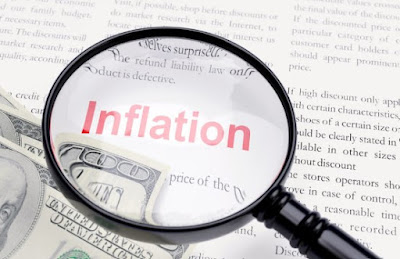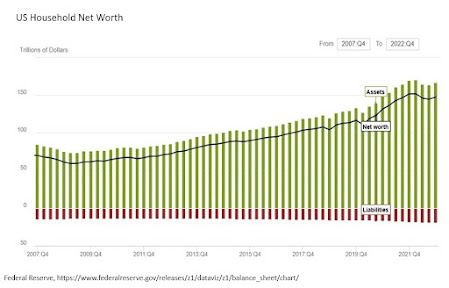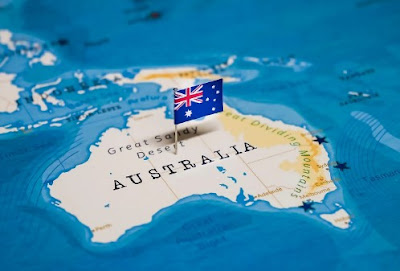The euro has peeled off a cent from yesterday's high near $1.1060 as some short-term players move to the sidelines ahead of the ECB meeting. Recall that after peaking near $1.1375 on February 11 when the New Year's market angst peaked, the euro fell back to the lower end of its old range near $1.0825 in the middle of last week. It then recovered by about 2.5 cents into yesterday's high, which saw it test the 20-day moving average for the first time since February 22.
The $1.1060-$1.1070 area is key now to any further recovery. On the downside, the $1.0915-$1.0940 band may absorb the selling pressure ahead of the ECB meeting.
While the euro is among the weakest major currencies today, the yen is among the strongest, gaining about 0.3%. The dollar has been pushed to new six-day lows near JPY112.25. Last week's low was set near JPY112.15. The JPY111.00 is the bottom end of the new range that is being carved out.
The main feature in Japan is the sell-off in JGBS after yesterday's rally, especially at the long-end of the curve. Yesterday the 30-year bond yield fell 21 bp and today it is up 24 bp. The 18 bp rise of the 20-year bond today appears to be the largest since mid-2003. The 10-year yield rose 8.5 bp. The sheer size of the BOJ bond purchases contributes to the occasional spikes in volatility.
Commodity prices are mixed (oil and copper higher, but nickel, aluminum, iron ore, and gold lower), and MSCI Emerging Market equity index is fractionally lower. However, the dollar-bloc currencies are firm. The Australian dollar is extending this month's rally of about 5% to $0.7500, its best level since last July. This area may act as resistance, but a successful breach could spur a move toward $0.7600-$0.7650.
The Bank of Canada, and then late in the North American afternoon, the Reserve Bank of New Zealand announced rate decisions. While Canada's Q4 GDP was better than expected, the details were weak, and the Canadian dollar's strength (+8.3% since January 20 low) may not be helpful. The Bank of Canada is widely anticipated to be on hold, but the market is divided about the prospects for another "insurance" cut over the next year. The government is expected to release it budget on March 22. Generally, the 0.5% surplus that had been anticipated is now likely to be a deficit of around the same magnitude. The fiscal uncertainty had hampered the outlook for monetary policy, but the impact is expected to be incorporated into the central bank's new forecasts at the April 13 policy meeting.
There is a somewhat greater chance that the Reserve Bank of New Zealand surprises the market by cutting rates. The OIS market is pricing in a greater chance of a cut than the surveys. If the RBNZ does not cut now, many will anticipate a move in Q2. After slipping to a four-day low earlier today, the New Zealand dollar has snapped back and looks poised to re-challenge the $0.6800-$0.6820 recent highs.
The chief piece of economic data from Europe was UK industrial production. Although the headline 0.3% rise was a tad disappointing, the recovery in manufacturing itself was more impressive. Manufacturing output rose 0.7% in January. The consensus as for a 0.2% increased after a revised 0.3% fall in December (initially -0.25%). The note of caution is the while the January manufacturing PMI rose (to 52.9 from 51.8), the February reading fell to 50.8, the weakest in nearly three years.
There is some interest in a British press report claiming the Queen favors Brexit. We are not sure what to make of it, but it does not appear to be a game-changer. Most polls still suggest the "remain" camp remains ahead, but many polls still show a high number of undecided. Sterling is steady. It is trading within yesterday's range, which was within Monday's range.
The MSCI Emerging Market equity index rallied 16.4% from January 21 through this past Monday's high. There is beginning to be more talk that the recovery has largely run its course. It is not clear from the technical perspective that the high is in place. It would likely correspond to a pullback in commodities as well. Oil prices still look firm, though within yesterday's ranges, ahead of US official estimates.
In addition to commodity prices, US interest rate developments may also be important. The US 10-year yield bottomed on February 11 near 1.53%. It reached almost 1.92% at the start of the week and now appears to be consolidating, but looks poised to move higher. The US 2-year yield bottomed near 58 bp and pushed above 90 bp at the start of the week. It too appears set to move higher.
Tags: Bank of Canada,U.K. Industrial Production







































